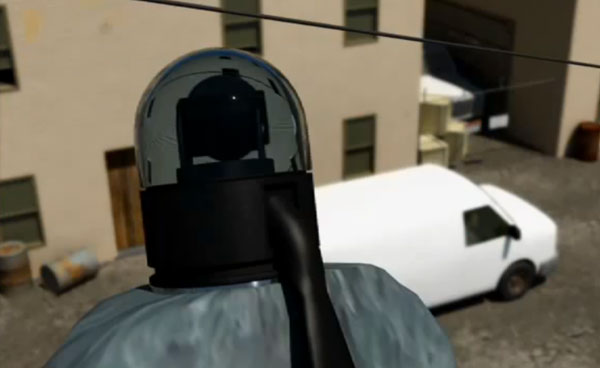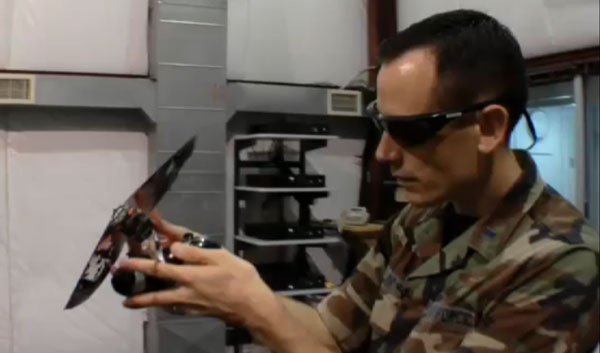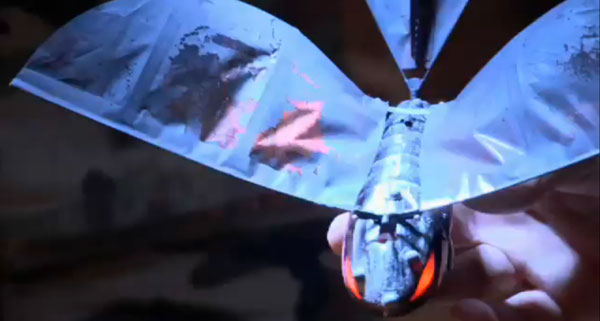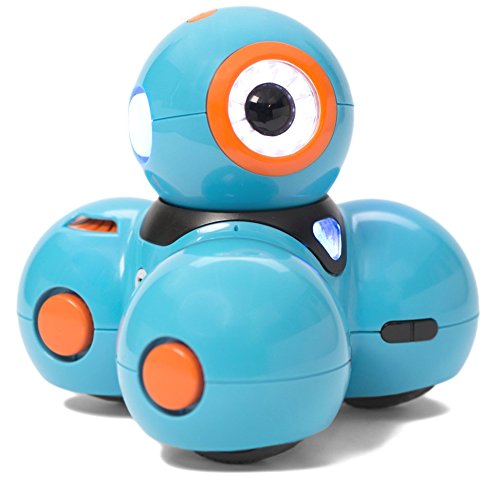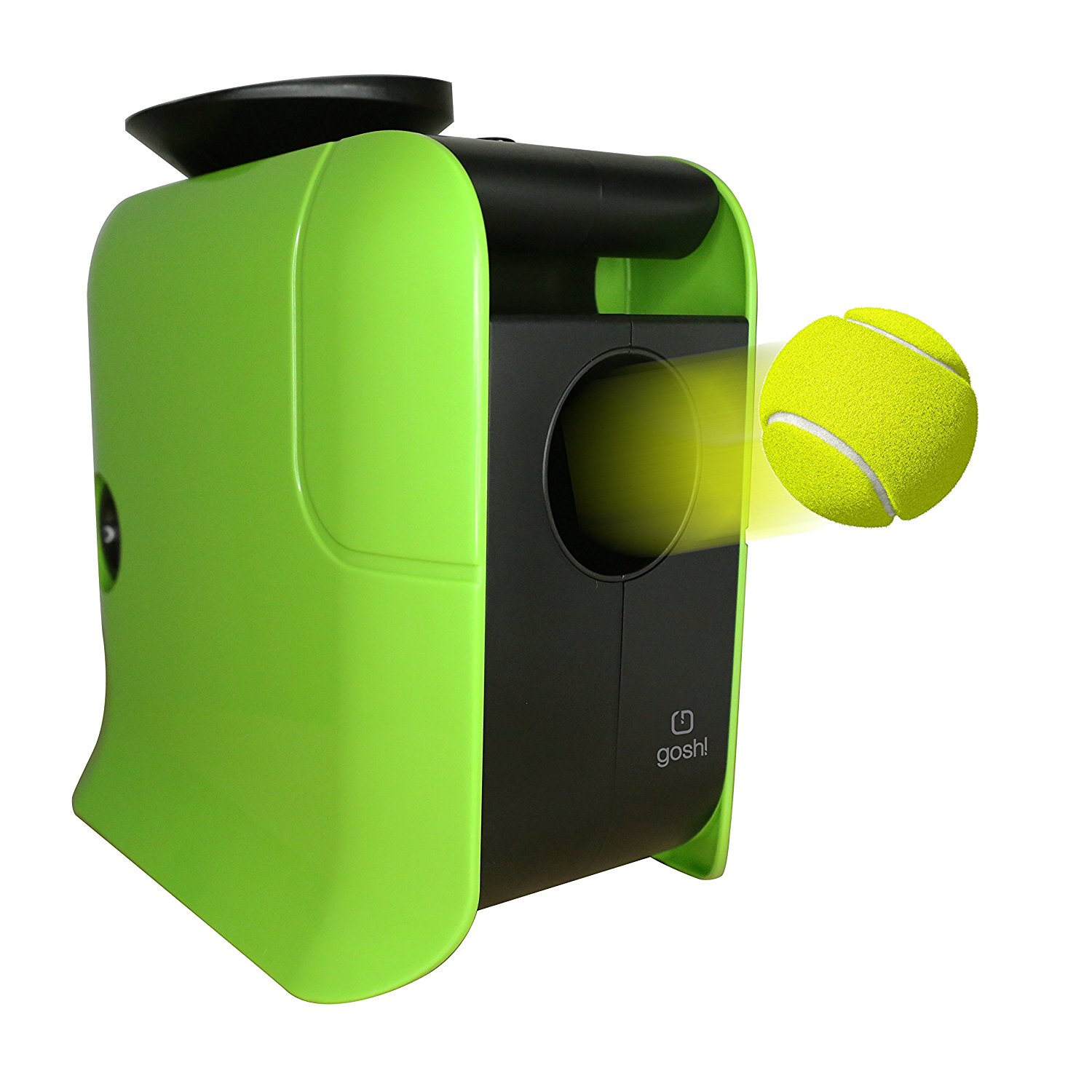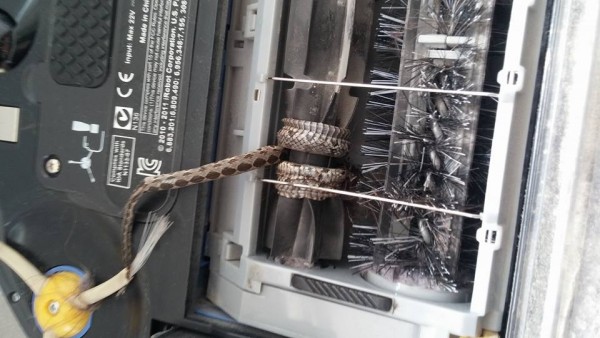The days of old-school stakeouts could be over for police and other authority figures around the world. Micro Air Vehicles, or MAVs, look to see what can’t be seen in an un-obtrusive manner.
LabTV visited Wright-Patterson Air Force Base back in August of 2010. They spoke with Aeronautical Engineer Ryan Carr, who at that time was ahead of the MAV game.
The goal of the MAV is to conduct surveillance in areas where it would be difficult to put people. The MAV, looking like a bird or insect, could sit perched on a wire or tree outside of a doorway and collect data on who is entering and exiting.
Carr explained that although the technology will mostly be used for military purposes, the major issue is the flight mechanics. “We can’t just blindly try to build a bug or a hummingbird … because nature has some tools that we don’t have.”
One of the bird-like qualities that has really become an issue is the ability to land. The National Defense Magazine cites that making the MAVs as similar to birds as possible is tough because birds have incredible muscle control. This control is hard to replicate mechanically and therefore has slowed down mass production.
The article, written in April of this year, also stated, “by 2015, the Air Force intends to field an avian robot that can operate semi-autonomously for a week to detect harmful chemicals and explosives.”
While the video from LabTV shows Air Force personnel working with pretty small versions of the MAVs, size has been brought up to about a two-foot wingspan, to help with maneuverability.
Even though the use of small robot birds is far from ready, another article from National Journal, reported that larger unarmed drones, which are used as weapons in Afghanistan, have been aerially patrolling the United States borders. These drones have led to several thousand arrests as well as the seizure of large amounts of drugs.
The concept for the MAVs is great: keeping military personnel safe while still surveying dangerous areas. The theory behind the MAV is good as well. The only issue so far is putting both into practice.
While the perfect MAV is still a few years off, the technology to remotely track people down is becoming more advanced, a scary thought for the bad guys.
For more on robotic surveillance, check out A Robot Disguised as a Falcon is used as a Radio Controlled Scarecrow at Airports, Smartbird Robotic Seagull with Wings, and Investigating Robotic Camera.
Via: LabTV
Thanks Gabi for the tip!

